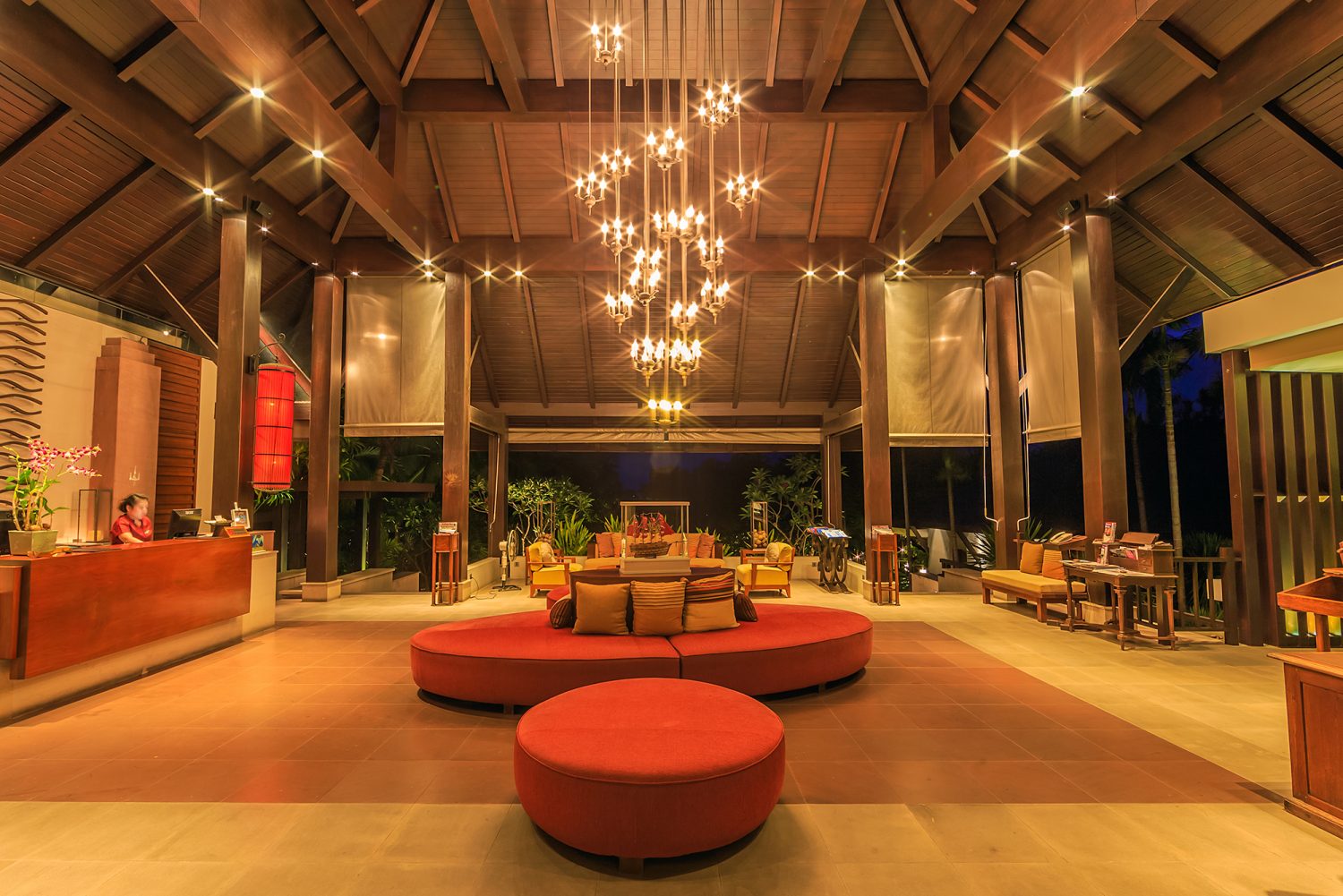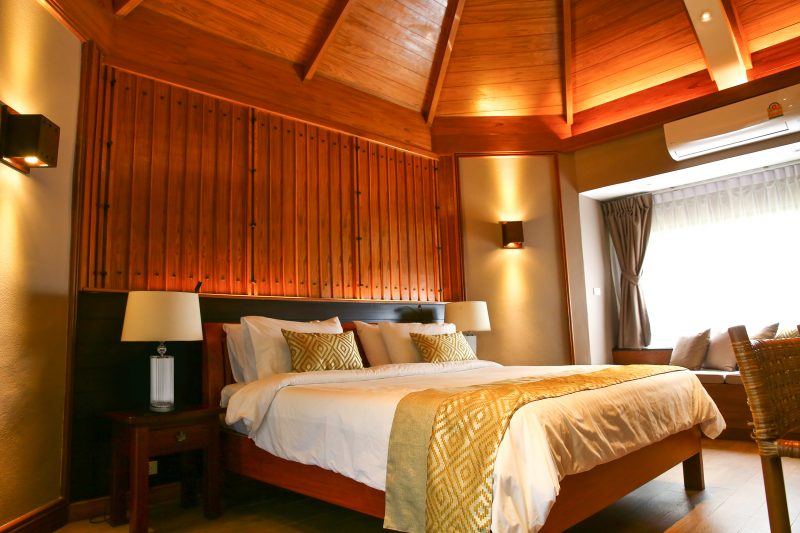The origin of Boutique Hotels dates back to 1984 by Ian Schrager creating Studio 54 in New York. He completely opted for a new concept, breaking the trend of oversized and impersonal hotels. His main objective was to take care of the guest’s privacy and make them feel at home.
Exclusive thematic
The architecture and interior design must respond to a concept that may be inspired by the context in which the boutique hotel is located, this concept gives a personality to the place with the aim that each of the elements have an intention. The rooms include: paintings, lamps, mirrors, furniture, carpets, even the food in the restaurant must be in the same line.

Small spaces
Most Boutique Hotels are medium to small with a defined atmosphere and personality. Not all small hotels can be boutique hotels, they must cover certain characteristics that we mention in this blog, regarding the number of rooms there is no a defined rule, but they can have from 5 rooms to approximately 120.
Location
The location is very important, because they are generally located in fashionable neighborhoods or strategic areas so the guest can be close to tourist areas, shopping centers, business centers, etc.
Special customer service
Unlike conventional hotels, a boutique hotel, being smaller, can offer a much more personalized service, with the aim that guests feel pampered and welcomed by the staff.
Small Main Room – Lobby
The goal of smaller boutique hotel receptions goes directly with the user experience, as it is much more intimate. The interior design is strategically planned so that the guest feels at home, in a very cozy atmosphere and with a personalized experience from their arrival.
At García Requejo we can help you in any type of project, if you have a specific concept for a boutique Hotel, we can help you with the custom manufacturing of furniture and lighting, in this way you can achieve the concept that you defined from the first moment of the project. If you need more information you can write to us at info@garciarequejo.com




